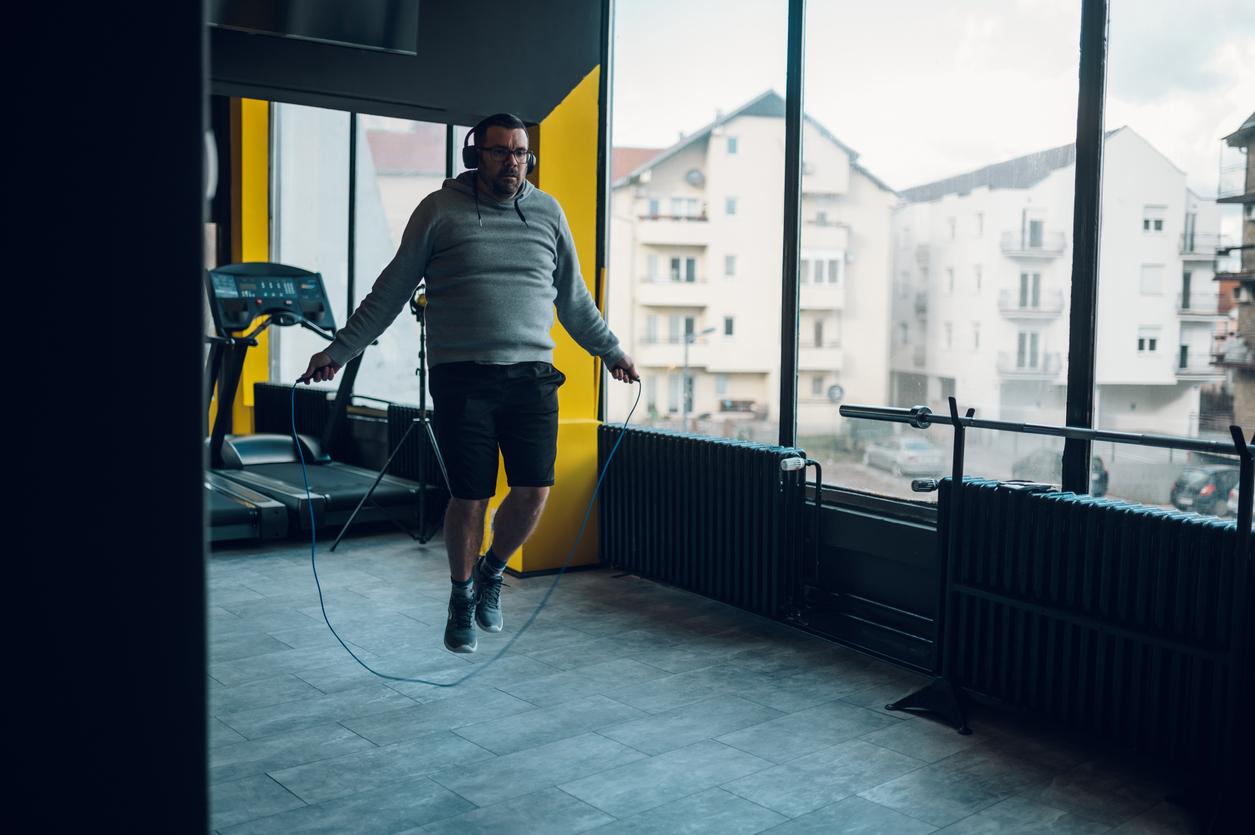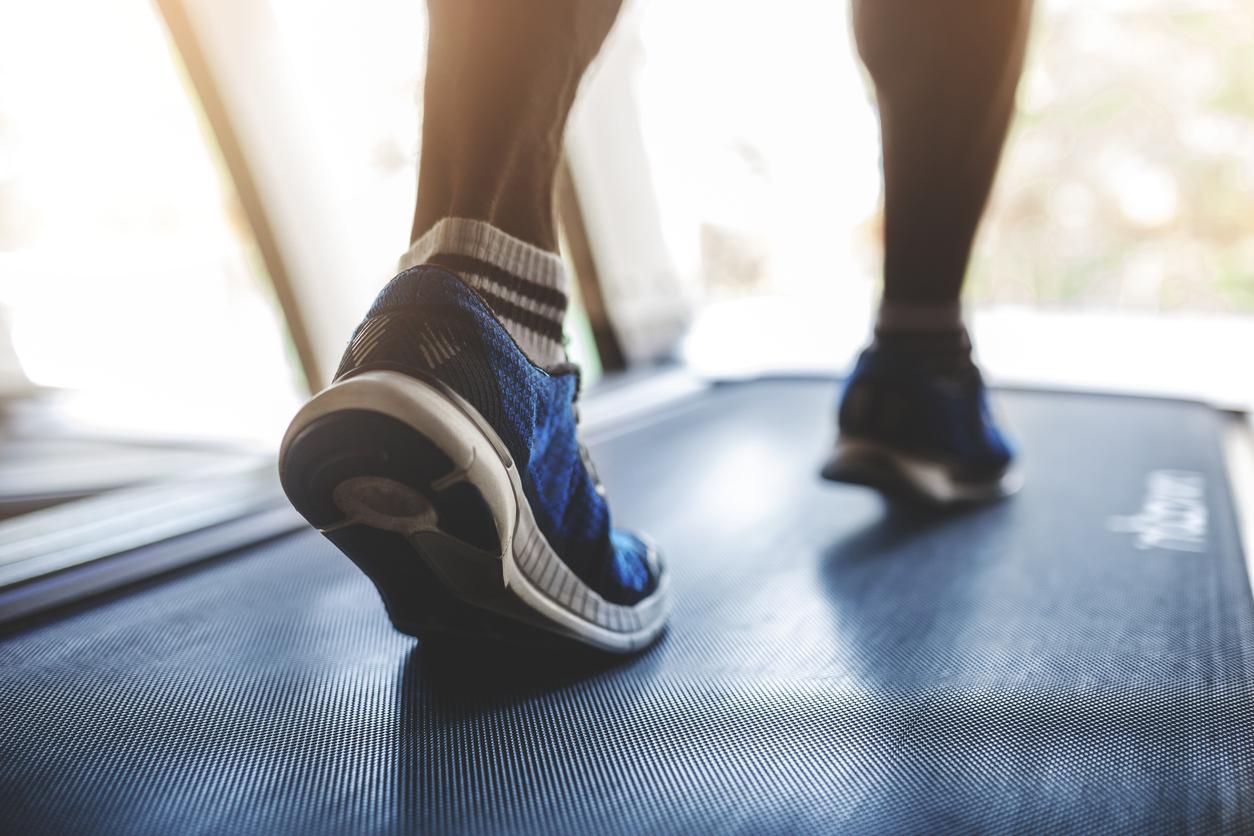Exercising at least two and a half hours a week would reduce the risk of having migraines.

More than two-thirds of people with migraine don’t get enough exercise. It is the result ofa preliminary study published on February 23. According to the researchers, people who get at least two and a half hours of moderate to intense exercise per week are less likely to have migraines. This observation also applies to other ailments such as stress, depression and sleep disturbances.
Sport to reduce the frequency and intensity of migraines
“Migraine is a crippling disease that affects millions of people in the United States, yet regular physical activity can be an effective way to reduce the frequency and intensity of some migraines.Study author Dr. Mason Dyess of the University of Washington said. Indeed, when an individual exercises, their body secretes natural pain relievers called endorphins, which help sleep better and reduces stress.
To arrive at their results, the researchers analyzed the physical activity of 4,647 patients diagnosed as having migraine. Three quarters of them suffered from chronic migraines, or 15 or more per month. The rest had episodic migraines, up to 14 per month. All were asked to complete a questionnaire on the characteristics of their migraines, their sleep, their depression, their stress, their anxiety and the amount of sport they did each week.
77% of people who don’t exercise have trouble sleeping
The results are convincing: people who did less than two and a half hours of physical activity per week suffered more from depression, anxiety and sleep problems. In the group of participants who did not exercise, 47% reported depression, 77% had trouble sleeping, and 48% had 25 or more days of severe headache per month. Among individuals who exercised at least 150 minutes per week, or at least two and a half hours, 25% reported depression, 66% had trouble sleeping and 25% had 25 or more days of severe headaches per month .
“There are new therapies available for migraine, but they are very expensive, concludes Dr Mason Dyess. People with migraines should consider incorporating more exercise into their daily lives, as this can be a safe and inexpensive way to manage and minimize some of the other problems that often accompany migraines.”
.















